IT WAS the year Queensland lost its innocence.
In the 12 months between March 1972 and March 1973 the state grappled with the disappearance of Marilyn Wallman in a north Queensland cane paddock, then faced the macabre horror of the Whiskey Au Go Go firebombing in Fortitude Valley.
Those tragedies still haunt the collective mind of the over-50s who absorbed images of the crimes in their formative years, when the most lasting impressions are imprinted on the brain.
There were aerial images of the massive search that spread out through the canefields in the days following Marilyn’s disappearance, as well as the anguished faces of her parents John and Daphne appearing on the nightly news.
That horror was followed, almost exactly one year later, by images of the white-sheet-shrouded corpses of 15 people laid out on a Brisbane pavement.
Just a few short hours before the photo was taken, they had been youthful patrons of a hip Valley nightclub where they’d do the “go go’’, a dance then symbolising the evils of the “permissive society’’ that today looks so touchingly innocent.
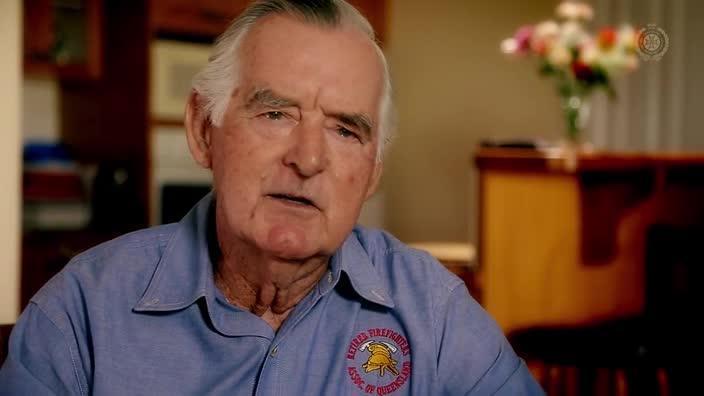
Television may have arrived in Queensland in 1959, but it took a decade to hit its straps.
By the early 1970s the format that underwrites the evening news was taking shape, providing graphic imagery to illustrate a story that once would have been told over a dry radio broadcast, or on paper in a few columns of print.
Television — the same medium that terrified the US with its graphic coverage of the murder of the Clutter family in rural Kansas in November 1959 (later dramatised in Truman Capote’s book In Cold Blood), and which kept the UK transfixed with reports of the Moors murders between 1963 and 1965 — also served to unify Queenslanders in horror.
Farmhouses in Mackay that for generations had remained unlocked — even as families disappeared to beach shacks for six-week holidays at the harvest’s end in December — swiftly began sprouting early version of those security screens that now adorn the majority of homes, both in the capital and in the regions.
Marilyn finally received a proper burial in 2015 when advances in DNA technology identified a piece of skull, found about 40km from where she disappeared, as hers.

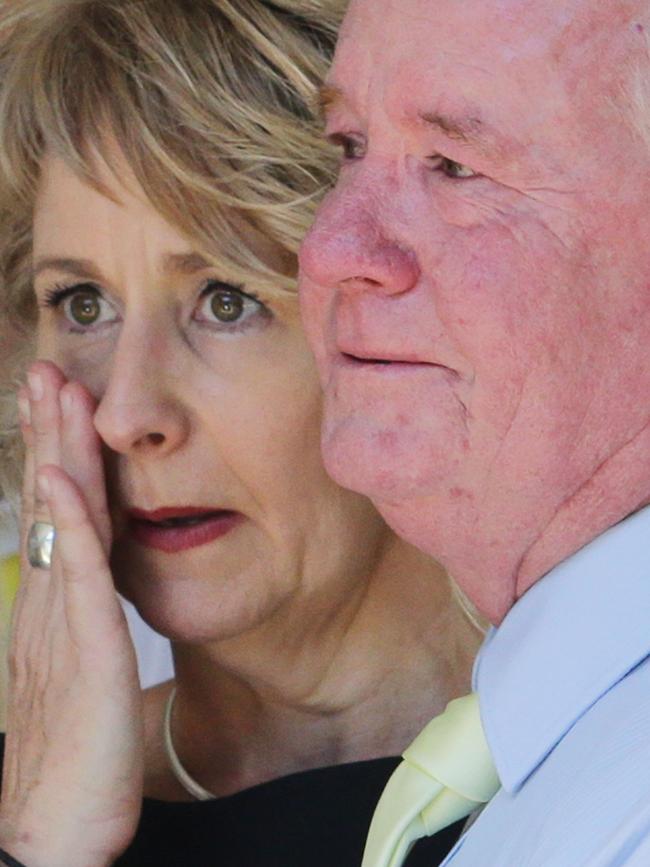
In Brisbane, the Whisky Au Go Go Investigation rapidly opened the eyes of the public to a squalid world of crime that residents had firmly believed was confined to those corrupted southern capitals, where that popular Channel 7 series Homicide was filmed.
The word “underworld’’ came into popular use, and the tragedy of the Whiskey Au Go Go mass murder helped prompt a public suspicion about law enforcement and politics that, in turn, fuelled the birth of the Fitzgerald inquiry into corruption 14 years later in 1987.
Few realise it, even fewer appear to accept it, but serious crimes like murder have been on a long-term downward trend in Australian almost since Federation.
Murder rates reached an historic low during the war years 1939-45, but then flared during the 1970s, reaching a figure of around two per 100,000 people.
Australian Institute of Criminology data reveals the last 25 years have been good to us, with the murder rate decreasing from around 1.8 per 100,000 people in 1989-90 to 1 per 100,000 in 2013-14.
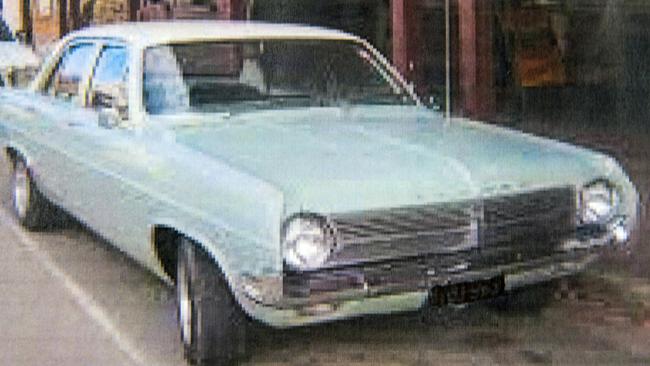
Between 2015 and 16 and 2016 and 17, murders in Queensland went down a surprising 21 per cent, from 48 to 38.
But reality has never been a match for the power of perception.
The graphic eloquence of electronic journalism, that brought us news of Marilyn and the Whiskey Au Go Go, fostered a growing distrust, fear and cynicism that continues today, with the fallout from both events still dominating news headlines even in the past week.
We all mark off pivotal moments in our lives which we use as reference points for “before and after’’.
In Queensland World Expo 88 marks, to many of us, the beginnings of a more extroverted identity as the state shed it provincial, agrarian past and emerged on the international stage as a sophisticated global city.
To many more Queenslanders, those hideous events that shocked the state in the early ’70s mark an ugly stain, representing a time when our collective virtue was no longer a given, and that open, trusting candour of the average Queenslander began its slow retreat into guarded suspicion.
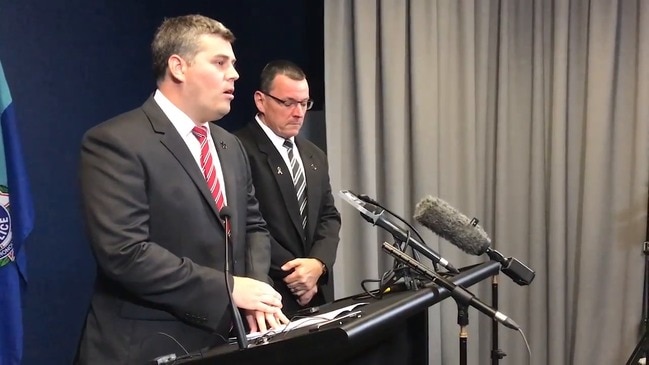
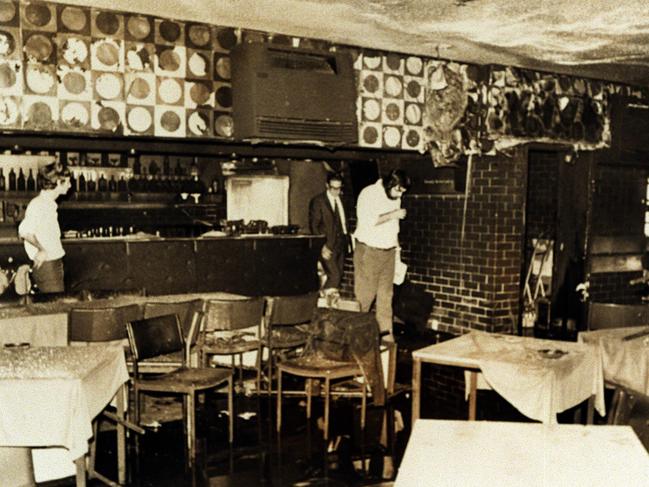

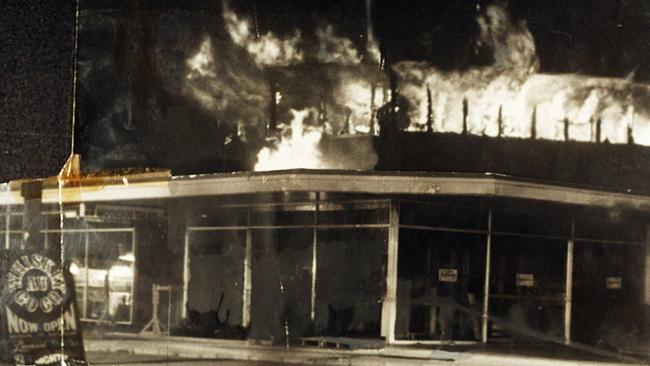
Add your comment to this story
To join the conversation, please log in. Don't have an account? Register
Join the conversation, you are commenting as Logout